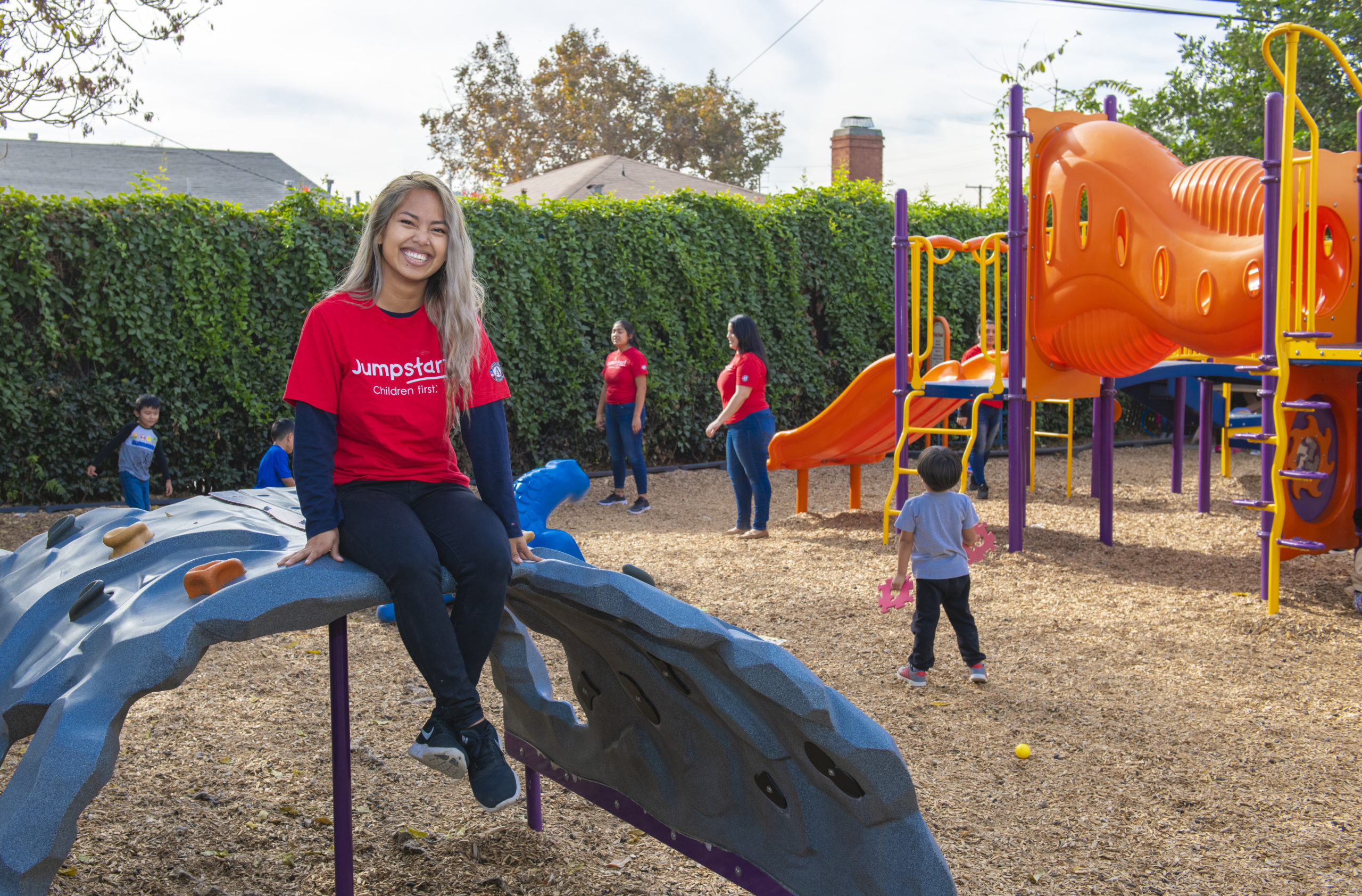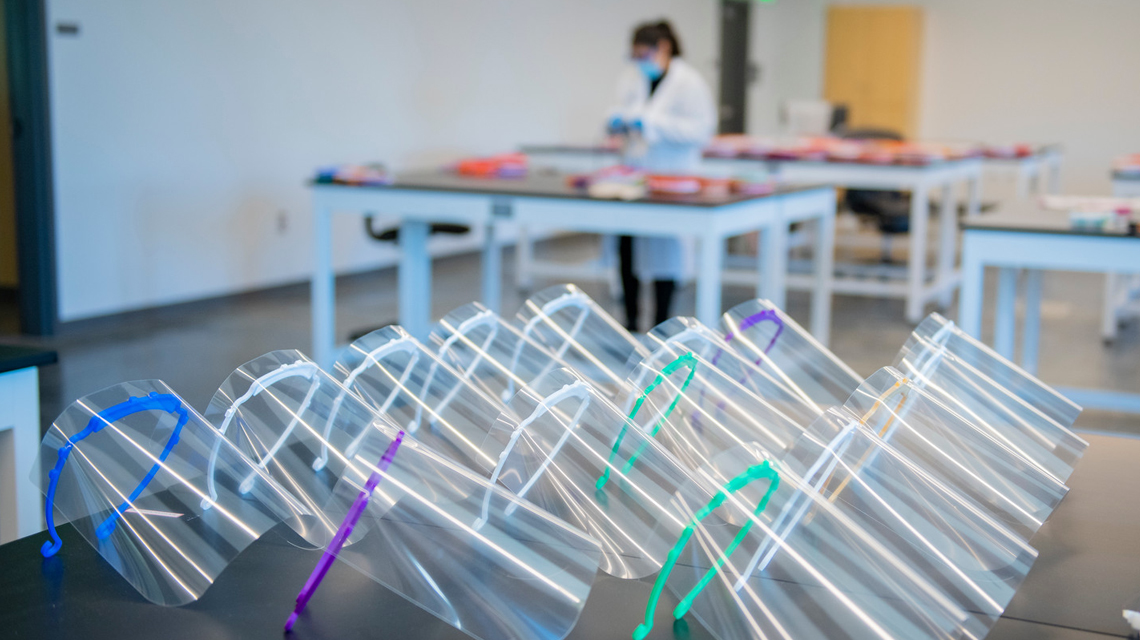Service Learning
-
Features

CSUDH Jumpstart Celebrates 10 Years of Service
Editor’s Note: Interviews for this article took place in late 2019. It’s 9 a.m. on a school day, but Paola…

(Carson, CA) – California State University, Dominguez Hills’ (CSUDH) Center for Innovation in STEM Education (CISE) is launching new health…

Editor’s Note: Interviews for this article took place in late 2019. It’s 9 a.m. on a school day, but Paola…